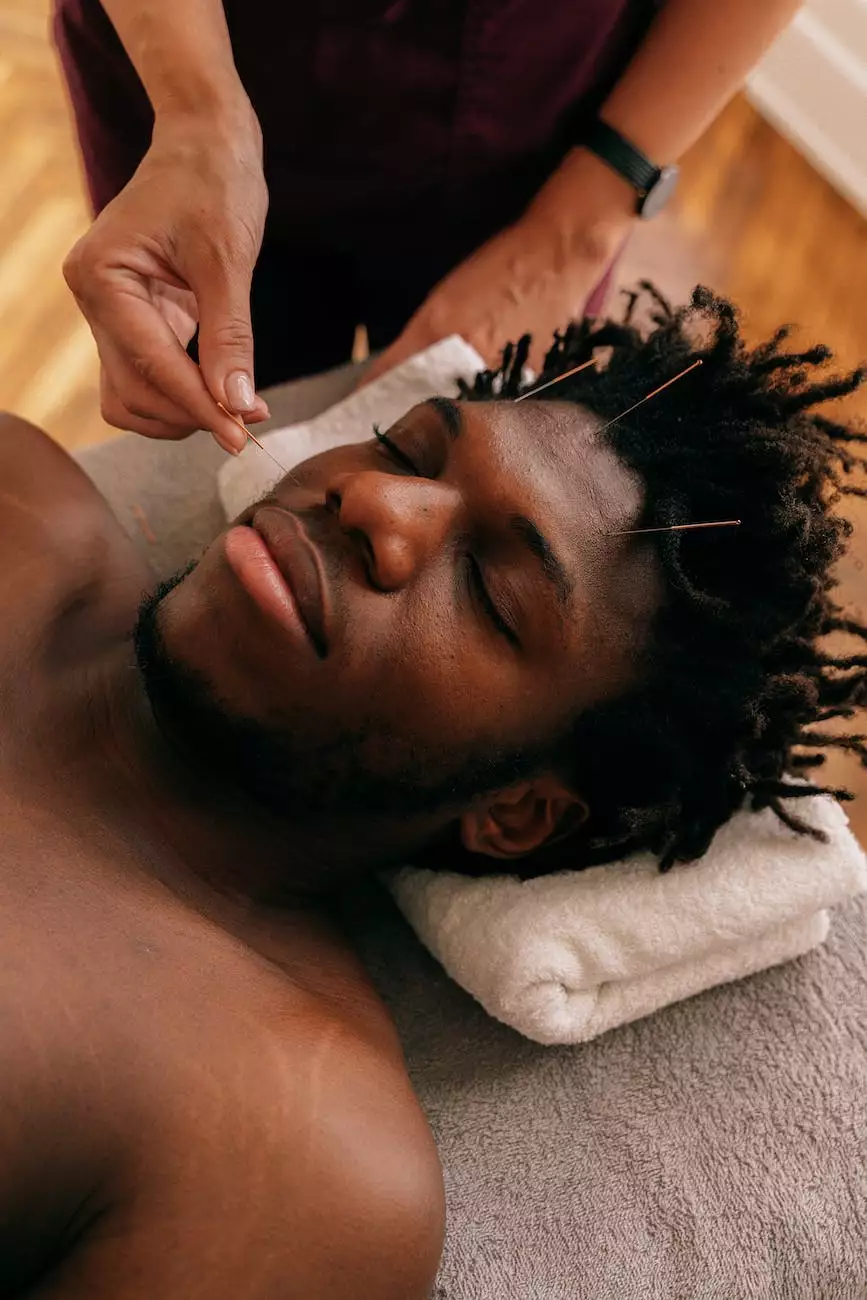How Do Hair Restoration Techniques Differ?

Thank you for visiting the website of Smith, Arthur F, MD, a trusted name in the field of hair restoration. In this article, we will explore the various hair restoration techniques available and discuss how they differ from one another. Whether you're experiencing hair loss due to genetics, aging, or other factors, understanding these techniques will help you make an informed decision about the best treatment option for your specific needs.
1. Follicular Unit Transplantation (FUT)
Follicular Unit Transplantation, commonly known as FUT, is a hair restoration technique that involves the removal of a strip of scalp from the donor area (usually the back of the head) and dissecting it into individual hair follicles for transplantation. These follicular units are then carefully implanted into the recipient area, resulting in natural-looking hair growth.
FUT is considered to be a highly effective method, particularly for individuals with advanced hair loss or those seeking maximum coverage. The procedure requires surgical expertise and may result in a linear scar at the donor site, which can be concealed with longer hair.
2. Follicular Unit Extraction (FUE)
Follicular Unit Extraction, often referred to as FUE, is another popular hair restoration technique. Unlike FUT, FUE does not involve the removal of a strip of scalp. Instead, individual hair follicles are extracted directly from the donor area using a specialized instrument, such as a micro punch. These follicles are then implanted into the recipient area, just like in FUT.
FUE offers several advantages over FUT, including a quicker recovery time, no linear scar, and the ability to harvest hair follicles from various body areas, such as the beard or chest. However, it is essential to note that FUE may be more time-consuming and costlier than FUT, depending on the extent of the hair loss and the desired results.
3. Robotic Hair Restoration
Recent technological advancements have introduced robotic hair restoration procedures, combining the precision of technology with the skill of a surgeon. In these procedures, robotic systems assist in the extraction and transplantation of hair follicles, ensuring utmost accuracy and reducing the risk of human error.
Robotic hair restoration techniques offer significant benefits, including minimized scarring, faster healing time, and increased efficiency. The surgeon operates the robot, allowing for precise control and a high level of customization to meet individual requirements. However, it's important to consult with a qualified hair restoration specialist to determine if robotic techniques are suitable for your specific situation.
4. Platelet-Rich Plasma (PRP) Therapy
Platelet-Rich Plasma (PRP) therapy is a non-surgical hair restoration technique that utilizes the regenerative properties of one's blood to stimulate hair growth. The procedure involves extracting a small amount of blood from the patient, processing it to isolate the platelets, and injecting the platelet-rich solution back into the scalp.
PRP therapy has gained popularity due to its natural approach and ability to potentially improve hair density and thickness. The growth factors present in platelets promote the growth of existing hair and stimulate dormant hair follicles, resulting in enhanced hair quality. This technique can be used independently or in conjunction with surgical hair restoration procedures.
5. Low-Level Laser Therapy (LLLT)
Low-Level Laser Therapy (LLLT), also known as laser hair therapy or red light therapy, is a non-invasive hair restoration technique that uses low-energy lasers or light-emitting diodes (LEDs) to stimulate hair follicles. The light energy is absorbed by the cells, promoting cell metabolism, enhancing blood circulation, and stimulating hair growth.
LLLT can be performed at a professional clinic or through the use of handheld devices designed for home use. This technique is generally painless, and the treatment sessions are relatively short. Although LLLT may not work for everyone, it has shown promising results in improving hair quality and reducing hair loss.
Conclusion
In conclusion, there are various hair restoration techniques available, each with its own advantages and considerations. Understanding the differences between these techniques is crucial in making an informed decision about the best option for your hair restoration needs.
At Smith, Arthur F, MD, we specialize in offering comprehensive hair restoration solutions tailored to your unique requirements. Our experienced team of professionals is dedicated to providing you with personalized care and unmatched expertise in the field of hair restoration. Contact us today to schedule a consultation and take the first step towards regaining your confidence and achieving natural-looking hair.




